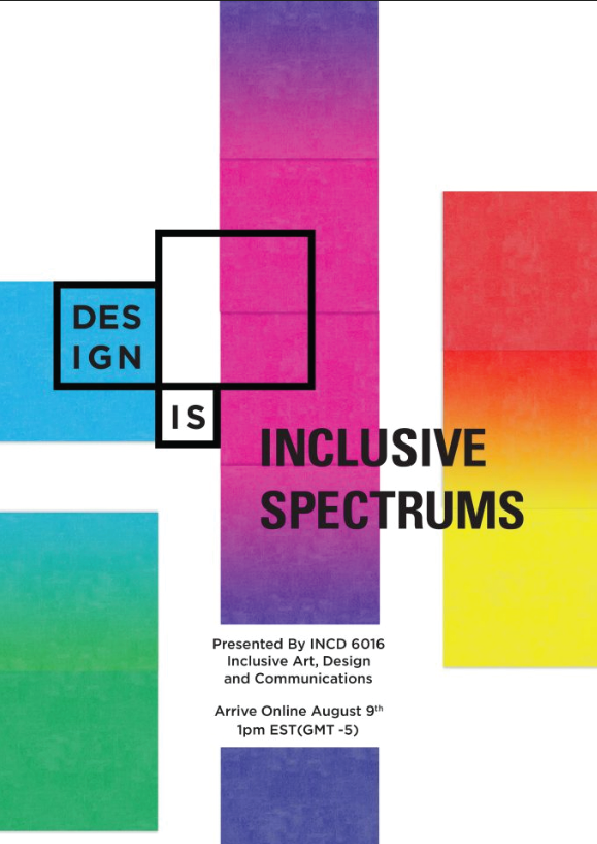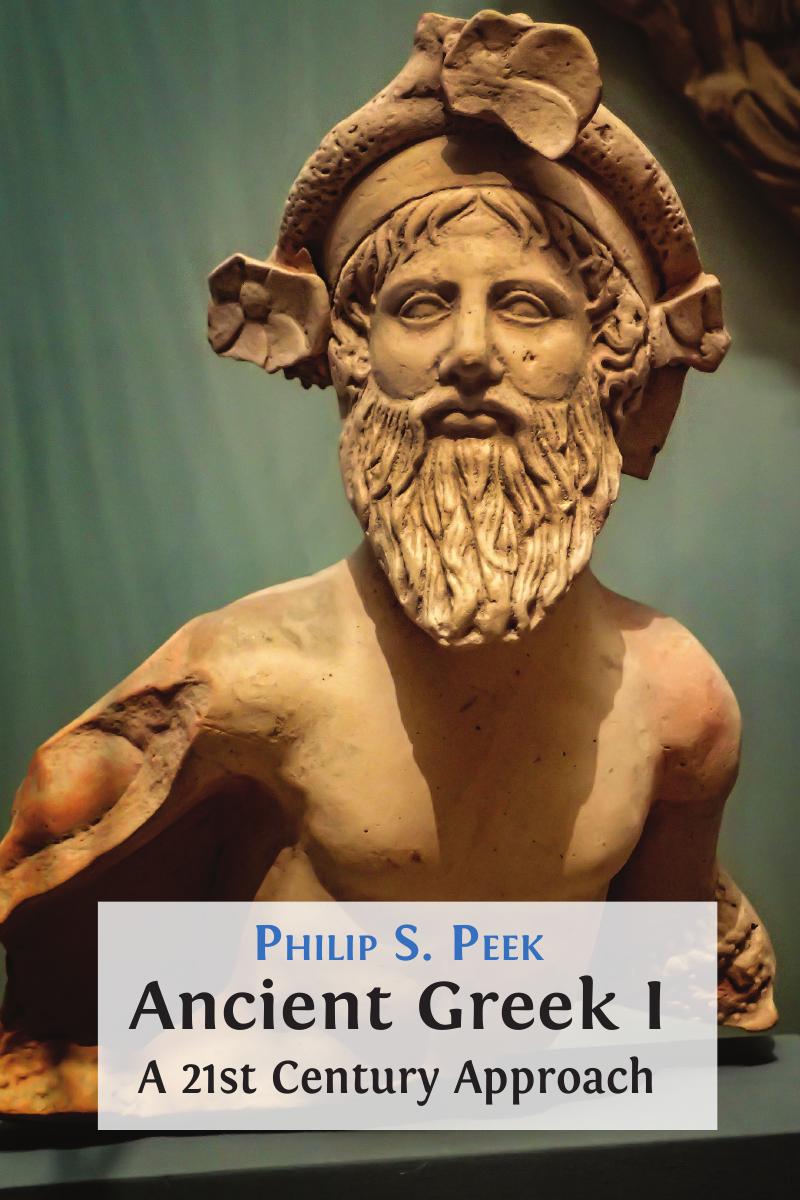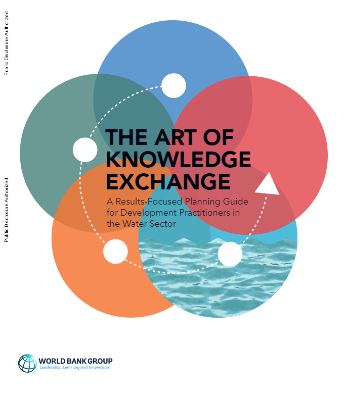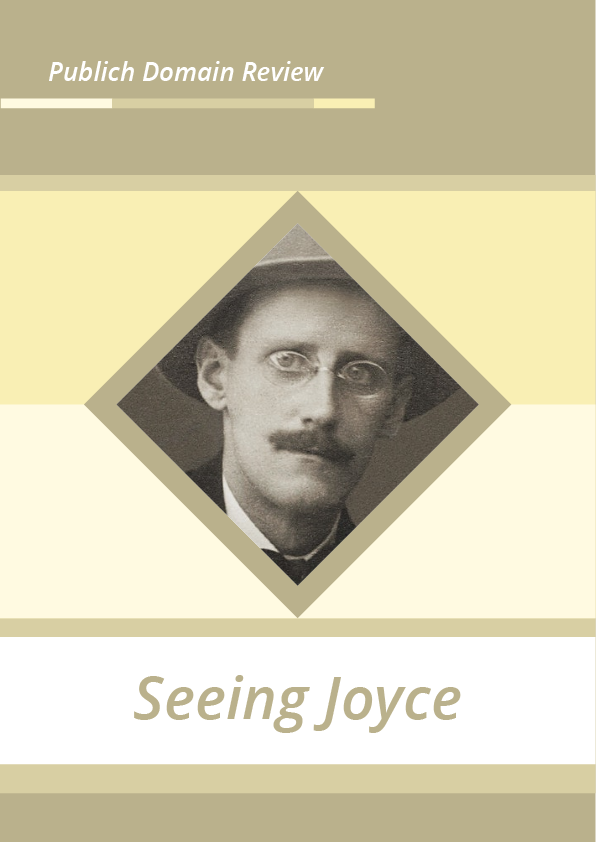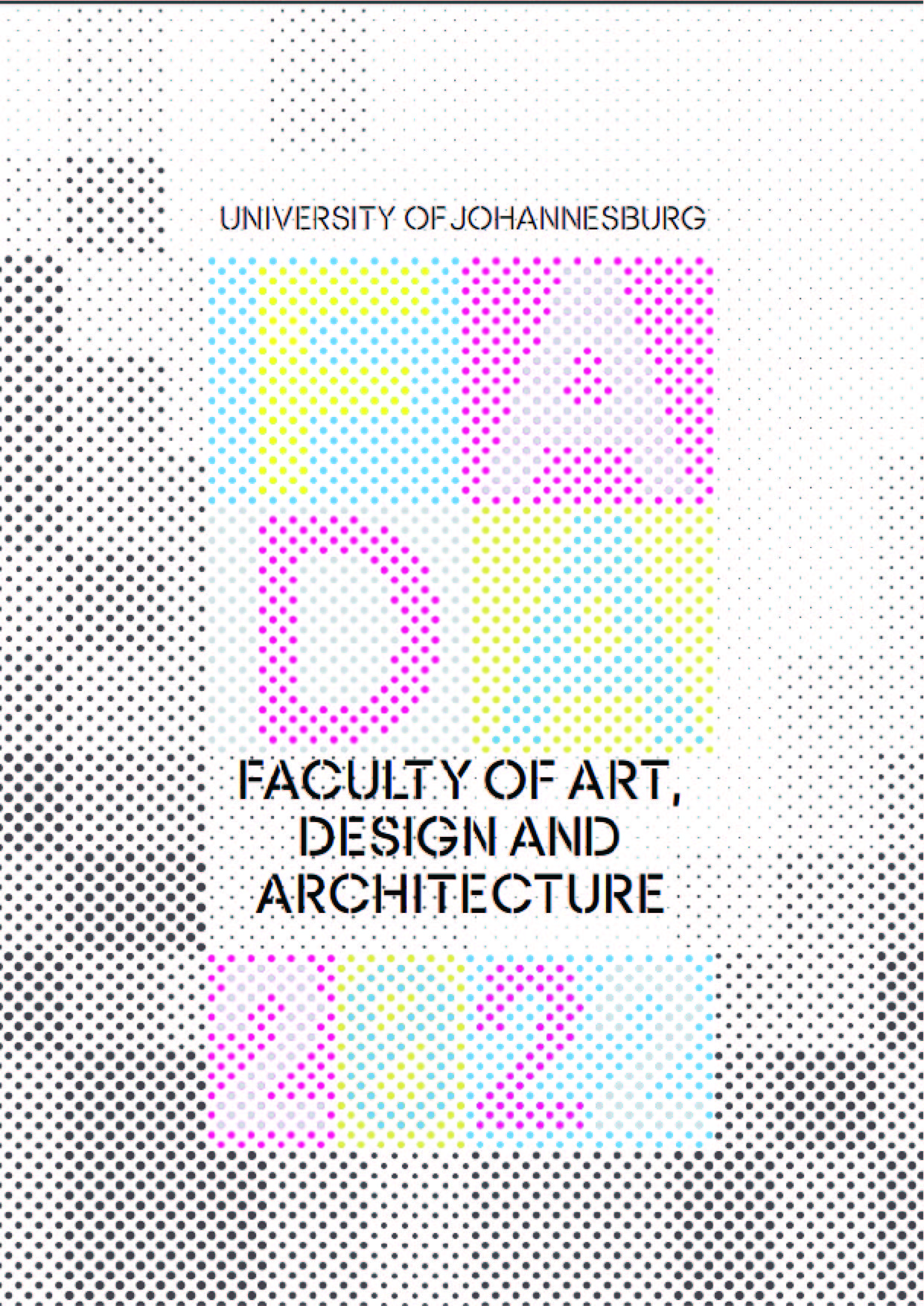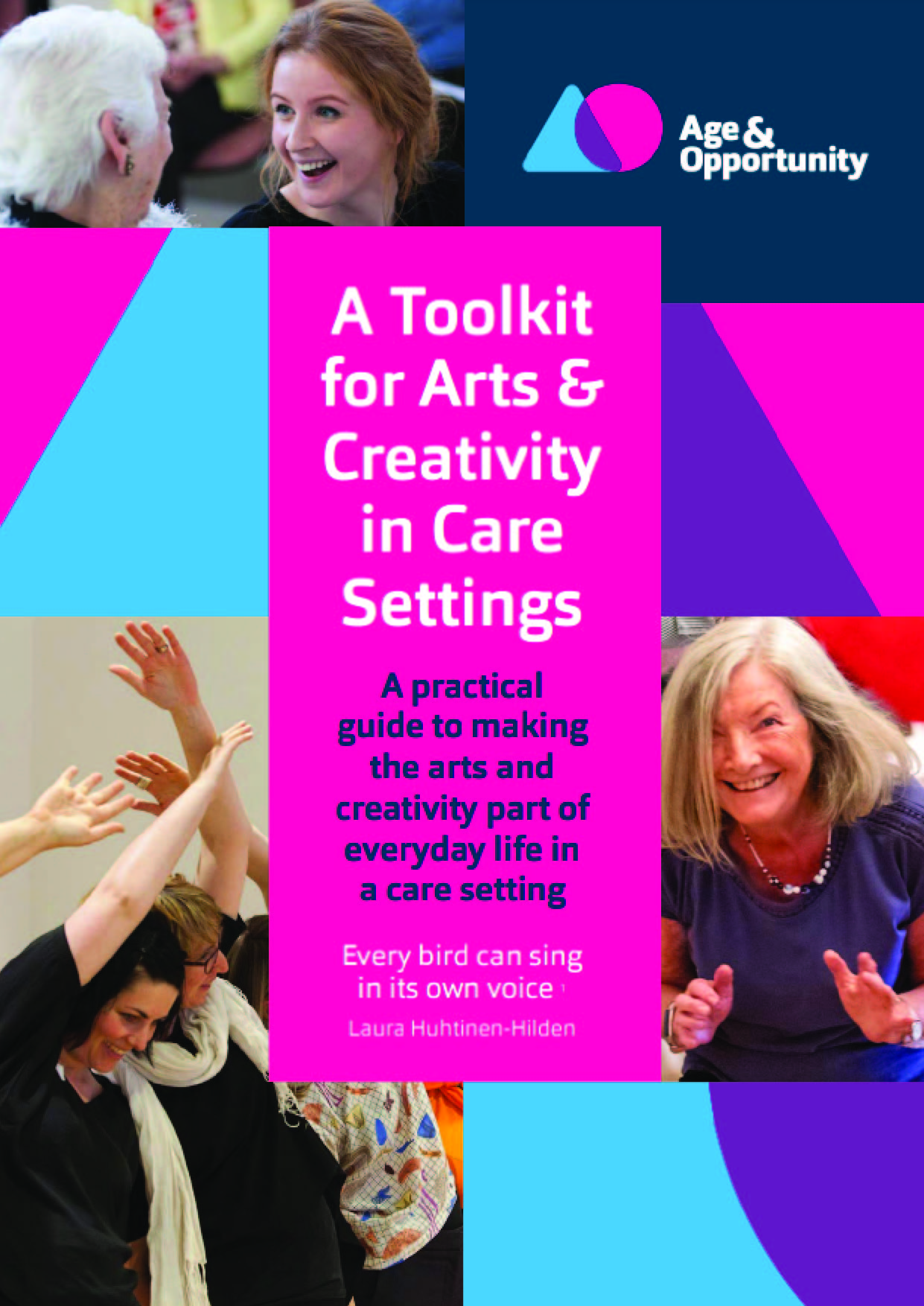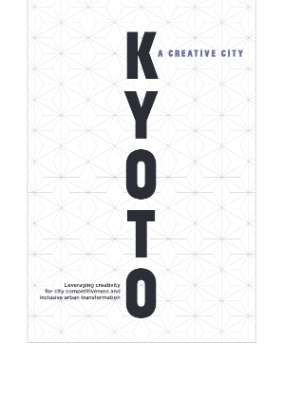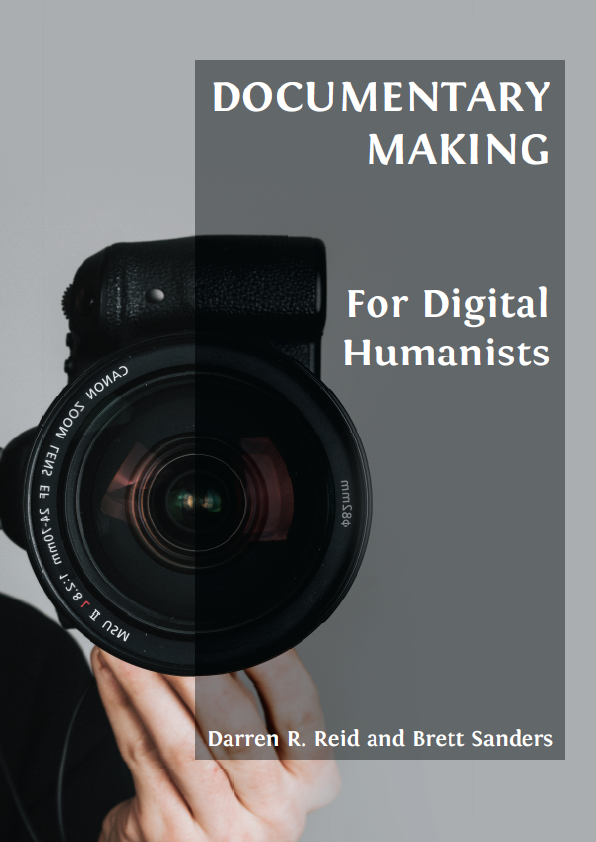Although this is a virtual event, we are not virtual people, and we wish to acknowledge the lands on which we are privileged to host this exhibition and send our thanks to the people who have cared for these lands since time immemorial.
Our student cohort lives and studies on Indigenous lands across Turtle Island from coast to coast. Most of us live on or around the traditional lands of the Huron-Wendat, the Seneca, and the Mississaugas of the Credit River. On the west coast, we are on the territories of the Lək̓ʷəŋən People, known today as the Songhees and Esquimalt Nations, and the territories of the W̱SÁNEĆ People. And on the east coast, we are on the territories of the Massachusett Tribe.
We are OCAD University’s Inclusive Design 2019/2021 cohort, and this exhibit is our opportunity to flush out and share our preliminary major research ideas with our communities, form connections, and collect feedback. This exhibit is shared via Pressbooks, an open source self-publishing tool built on WordPress. eCampus Ontario hosts an instance of Pressbooks and makes accounts free to Ontario post-secondary students and faculty.
This site will act as a home for our exhibition that visitors are encouraged to share and come back and visit at any time.
On August 9, 2020, we hosted a live launch event. Watch the below recording for a brief introduction to all of our projects and the following Q-and-A period.
Inclusive design is design that considers the full range of human diversity with respect to ability, language, culture, gender, age, and other forms of human difference. As such, our exhibit explores the vast spectrums of human diversity and asks how we can design for those spectrums. We each bring our own perspectives, strengths, and passions, resulting in a huge range of projects and approaches.
The projects presented here explore a variety of themes, ranging from healthcare, to sensory experiences, to storytelling and services for cultural communities, to neurodiversity, and finally, to design practices and processes themselves. Our projects ask questions like:
- How could incidental learning strategies be used to provide pre-braille education?
- How could virtual reality be used to support job interview training for folks with ASD?
- How could design education better prepare future designers to consider accessibility?
Inclusive design is complex. Inclusion means different things to different people, and there is a multitude of ways we can design for inclusion. There are no checklists, templates, or best practices. It requires humility, flexibility, and a willingness to listen and learn and shift how we understand expertise.
We hope you will explore our various research areas, consider the spectrums of proposed inclusive frameworks, and reflect on the design of this digital exhibition itself.
About the course
This exhibit is the final project for a course on Inclusive Art, Design, and Communication, taught by Teresa Lee and Melissa Smith. The course focused on how we can communicate and share our project ideas in inclusive ways. The course included a combination of guest speakers and lecturers who shared their expertise around inclusive exhibition practices.
The original design of this assignment was to produce an in-person exhibit, but with the pandemic, we had to adjust and explore the affordances of sharing our work in a digital space.
